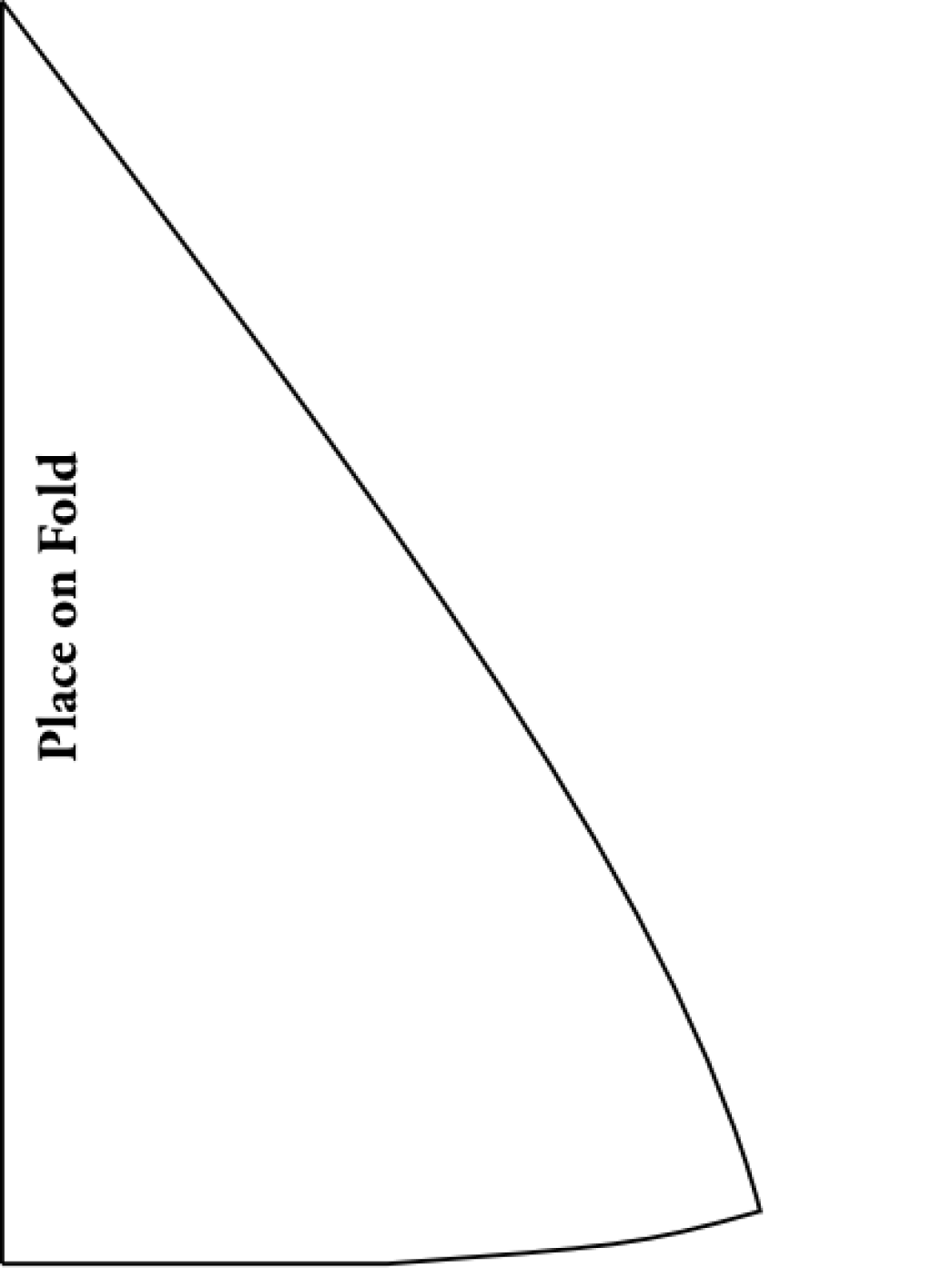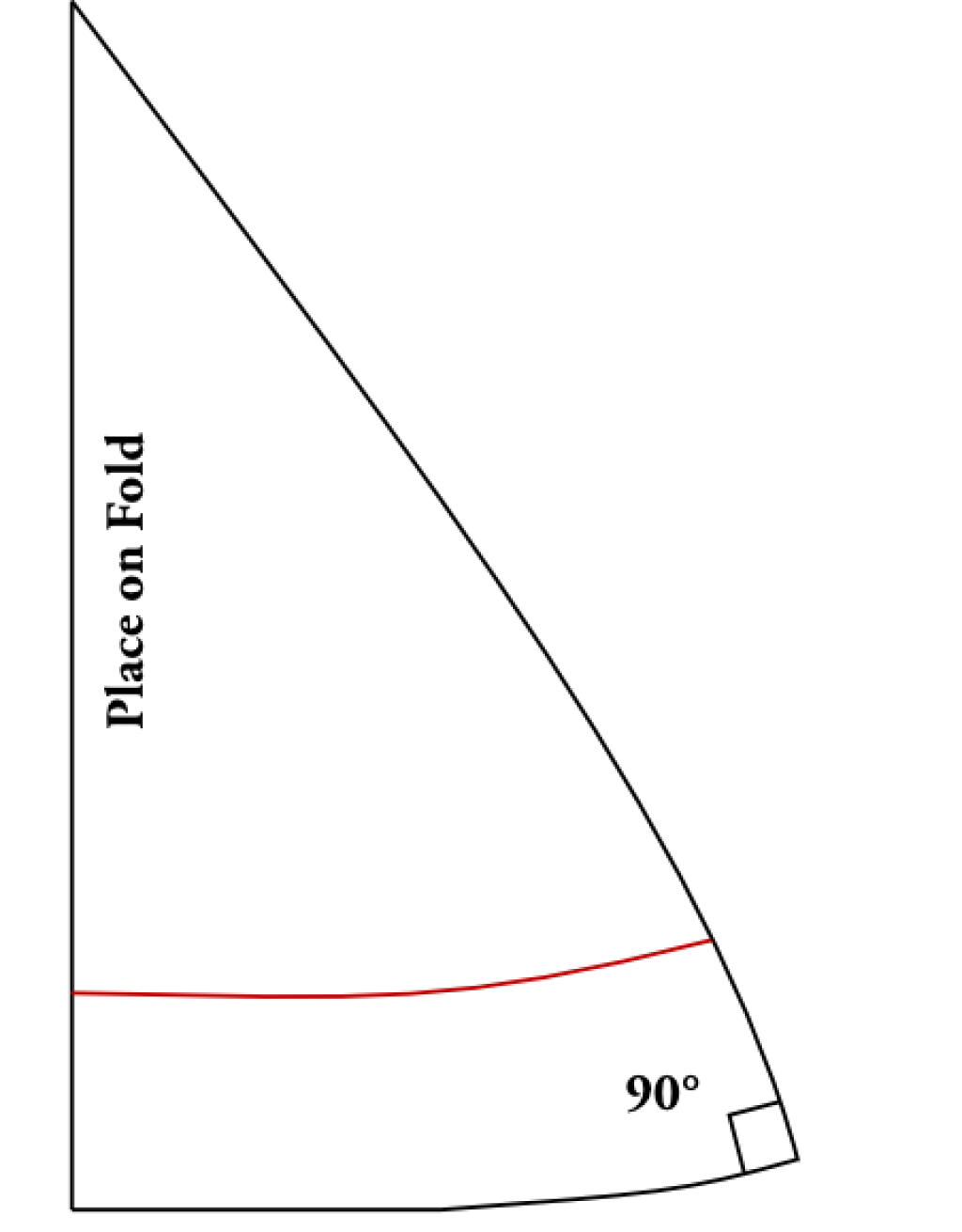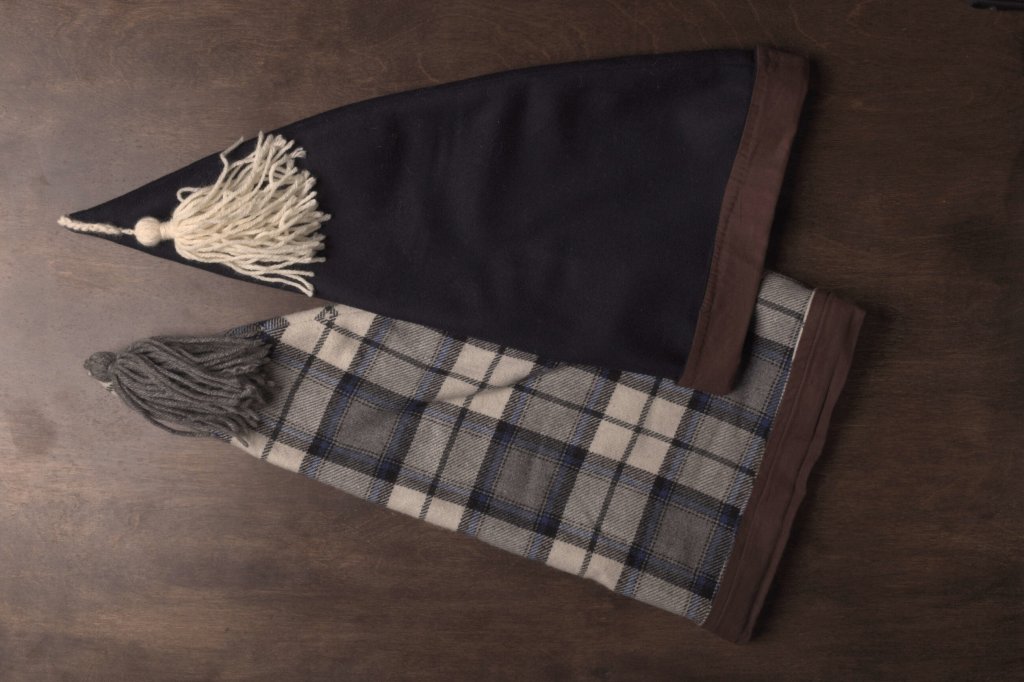For a slight change of pace, we will learn how to draft a gentleman’s nightcap today. I was in need of one a few months ago, and whipped the whole thing up in about in hour – drafting and sewing included. This draft will give you the basic shape of the nightcap, from which you can alter it as the style requires.
To begin with, draw a vertical line equal to the total height you want the cap to be. I used 19″ in this example, but it is up to you.
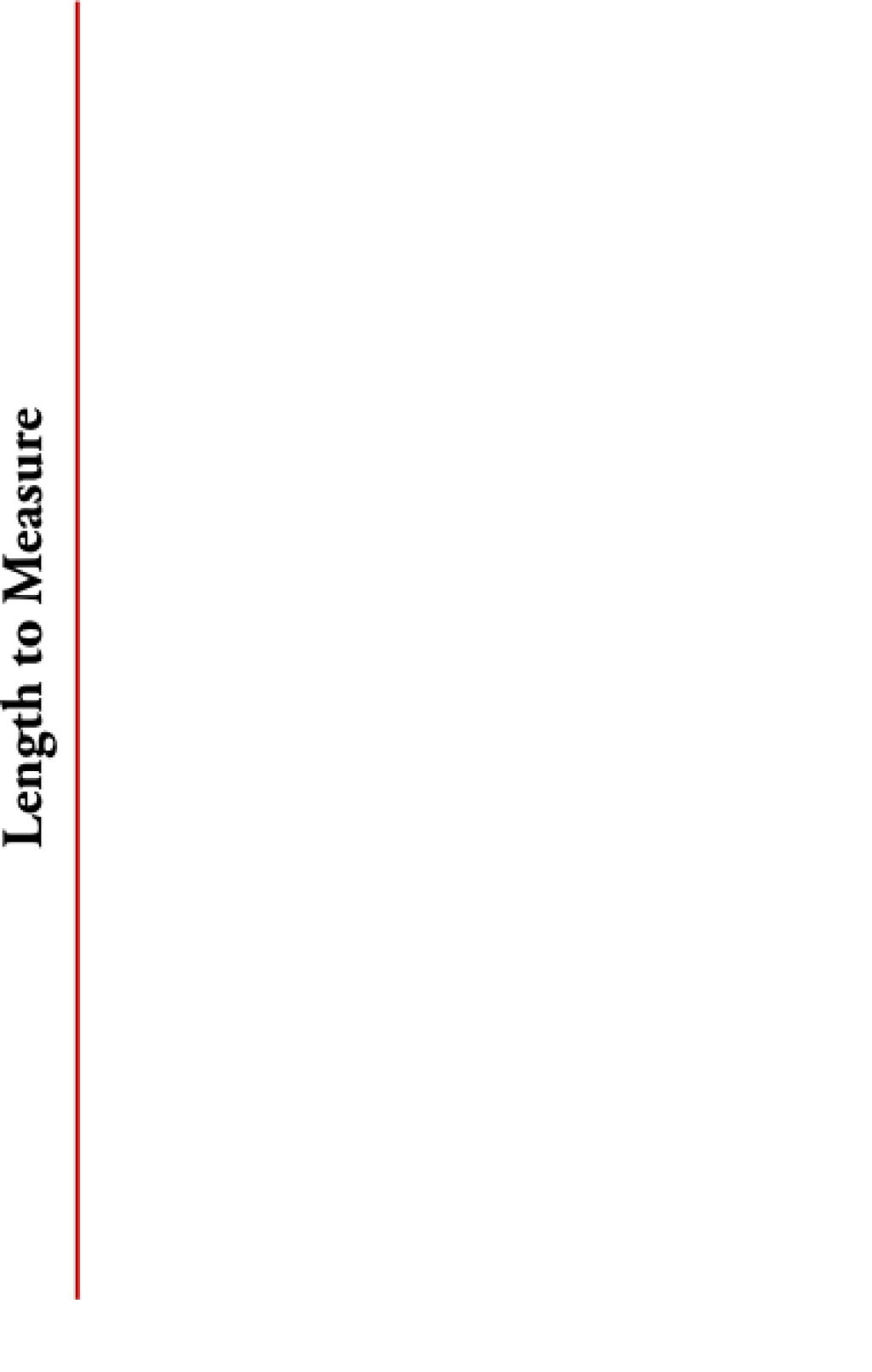
Next, measure the circumference of your head, at the location you want the bottom of the cap to fall. Take half this measurement, in my case, 11 inches, and draw a line of that length square from the bottom of the first construction line.
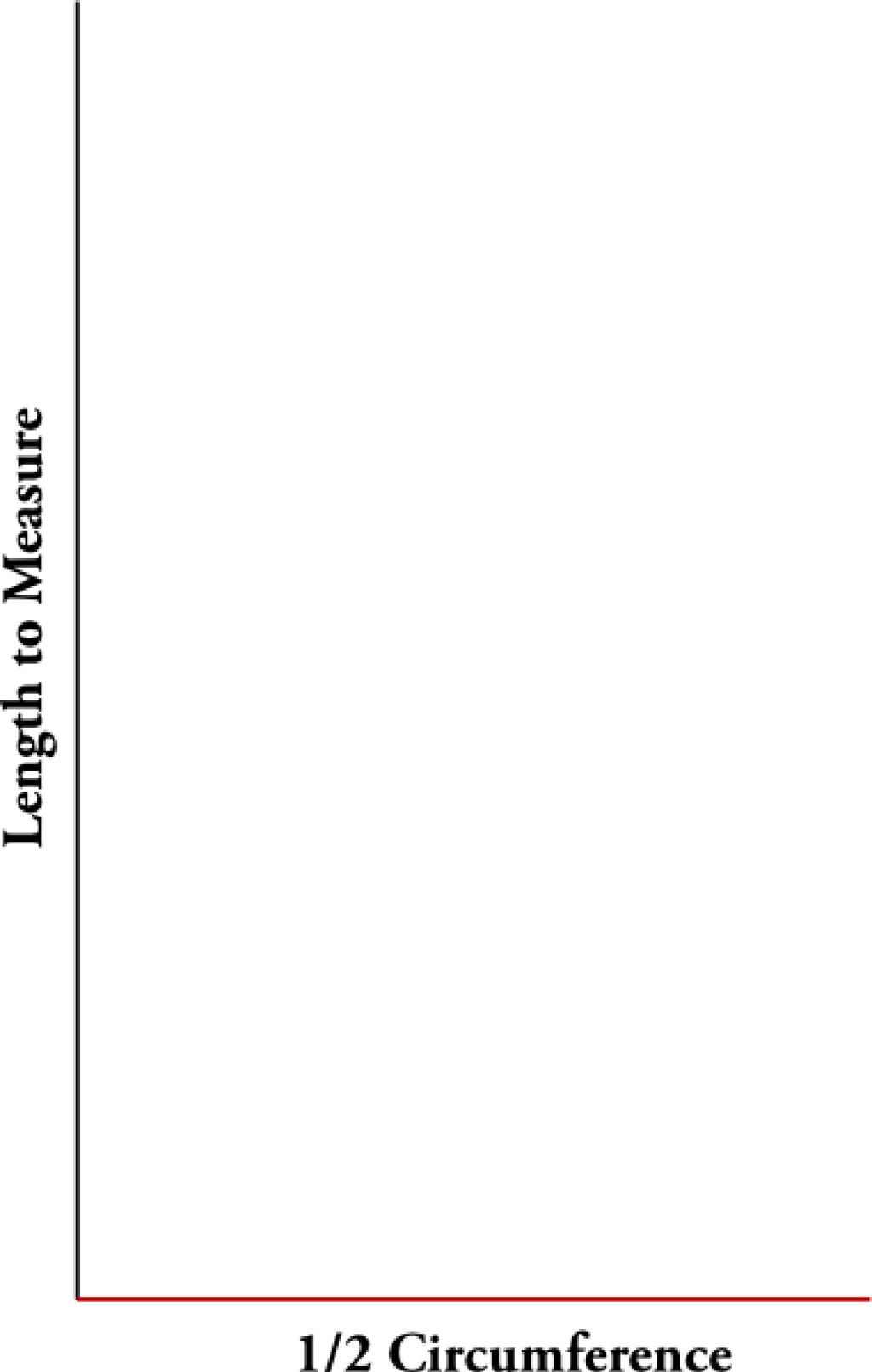
To get the back seam drawn accurately, it’s helpful to draw a construction line, forming a triangle, as shown.
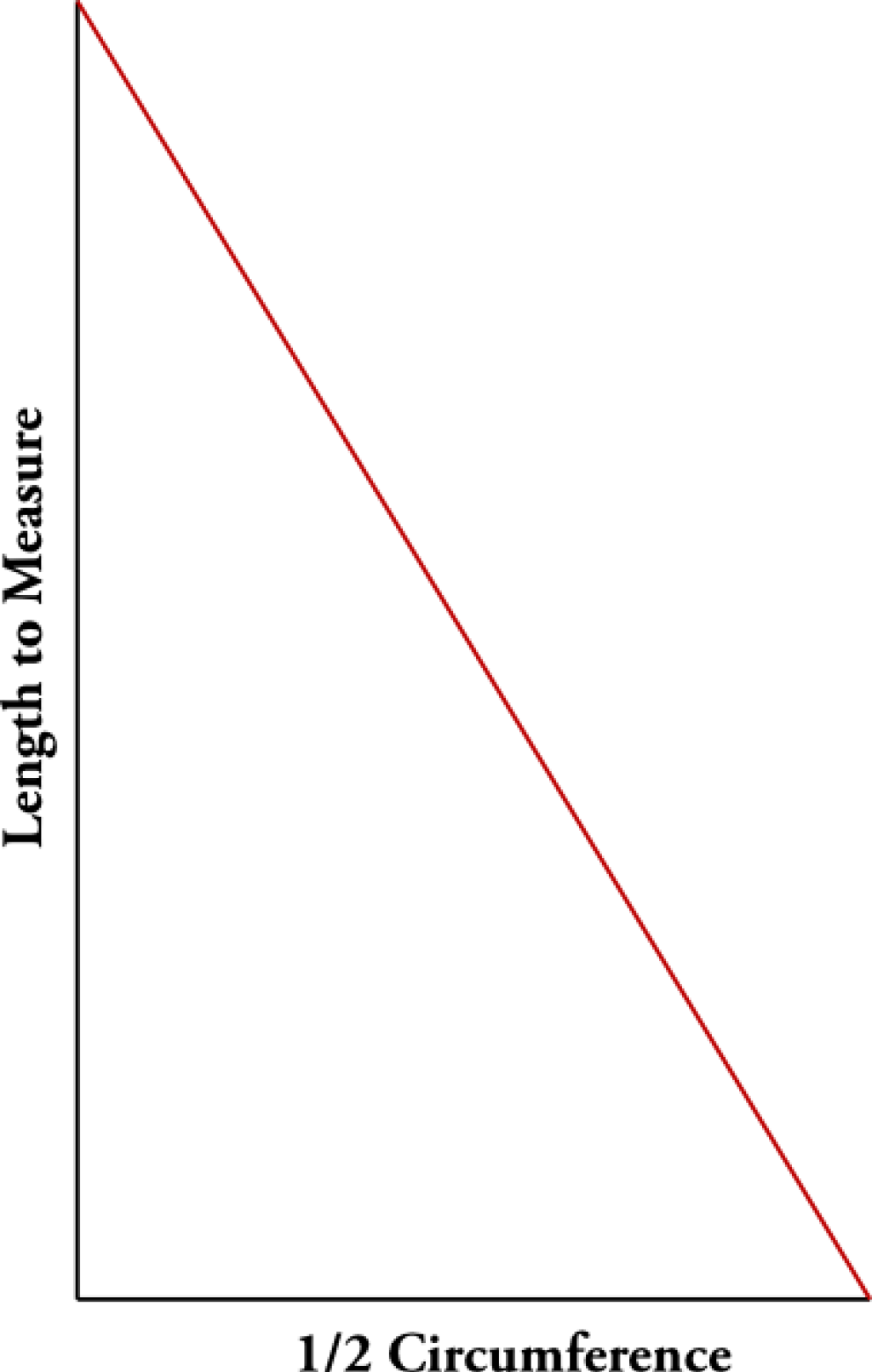
Now you’ll want to draw the curve for the back seam. This is entirely dependent upon the hat you are copying, or the look you are going for. I’ve drawn a curve that pleases my eye – your preferences may vary slightly.
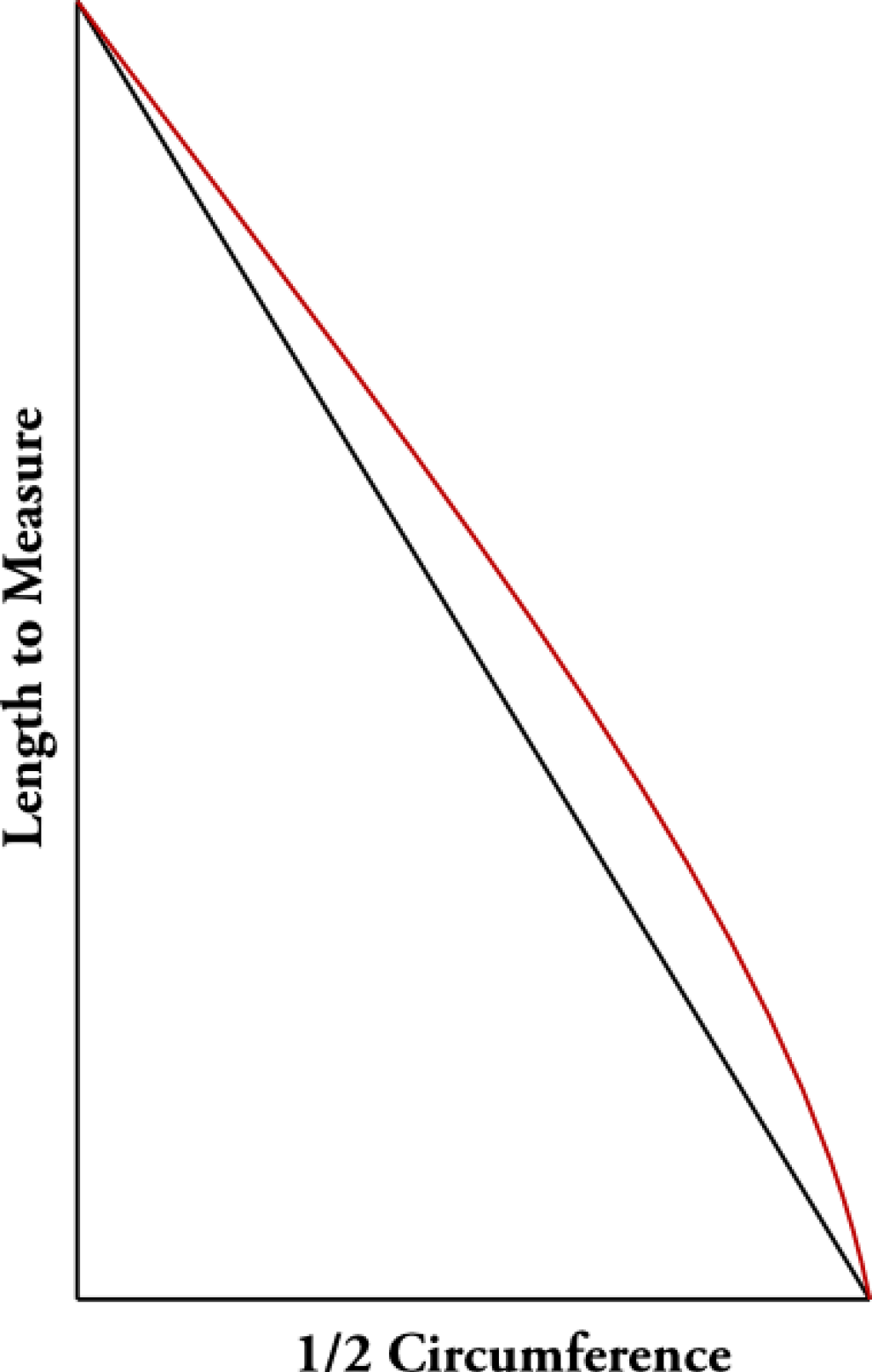
Due to the way the bottom of the curve meets the bottom seam, a point will be formed. To avoid this, the bottom seam must be curved upwards slightly, so that it meets the rear seam at a 90 degree angle.
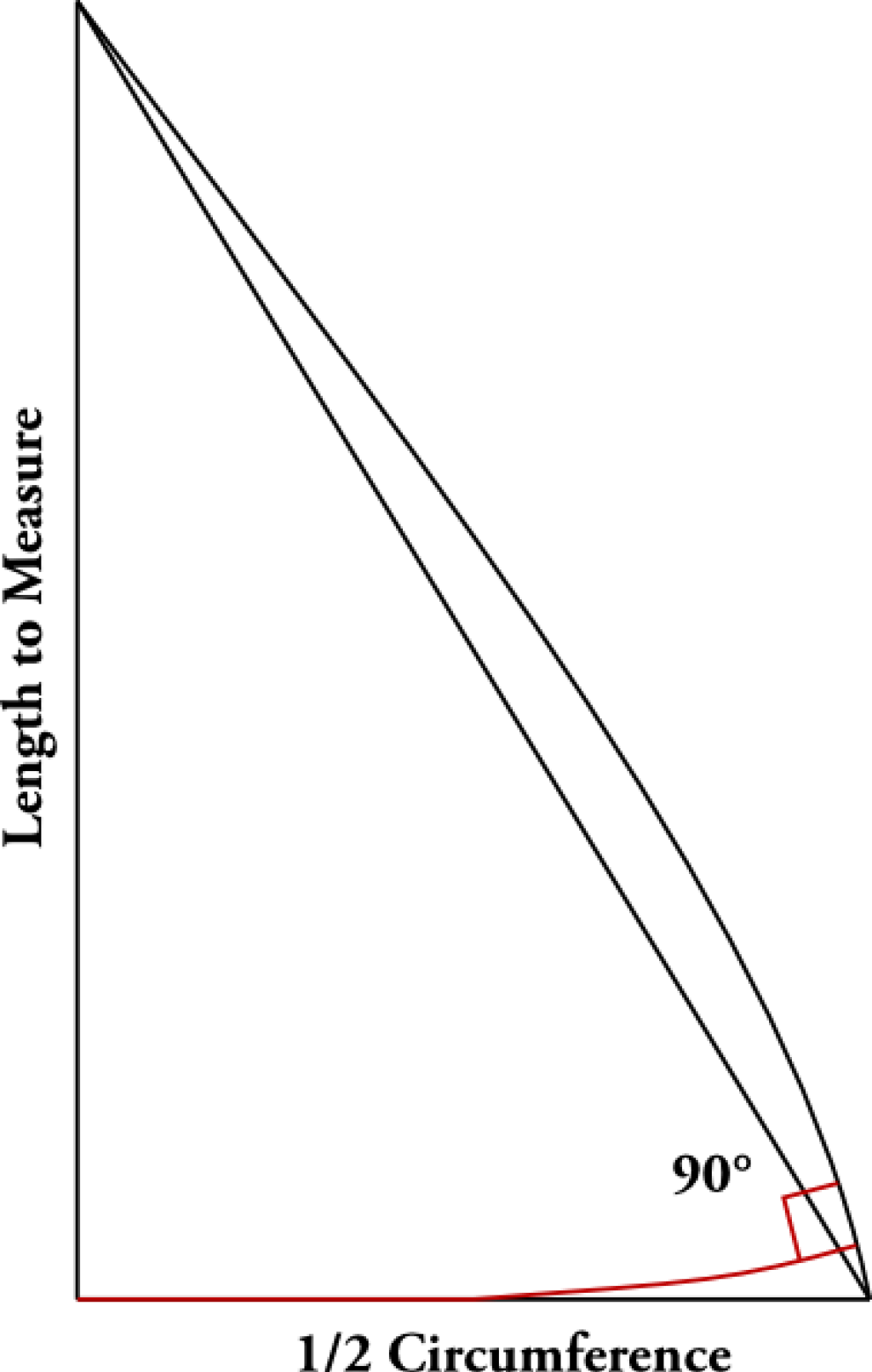
At this point, the draft is done and ready to go. The original vertical line is placed on the folded edge of fabric.
